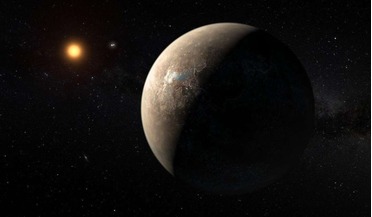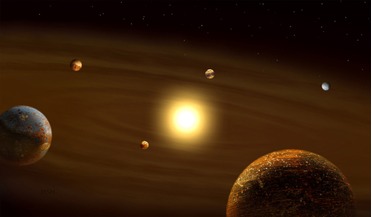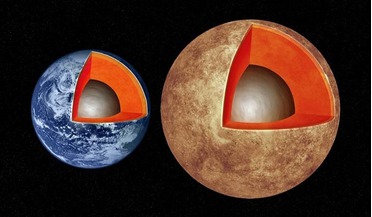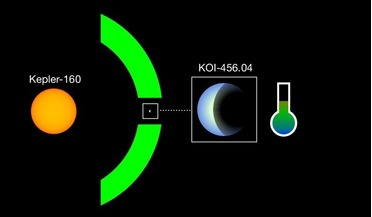 17 April 2019
Proxima Centauri may host a second exoplanet, but its first might not be there
17 April 2019
Proxima Centauri may host a second exoplanet, but its first might not be there
...its host star – would likely mean very cold temperatures on this super-Earth sized exoplanet, maybe even as cold as -234 degrees Celsius,...signals to conclusively acknowledge what had become, a possible Earthly home away from home. Why is this the case...
 27 July 2019
Hundreds of new planet candidates detected by Kepler
27 July 2019
Hundreds of new planet candidates detected by Kepler
... Gap. The Radius Gap describes what seems to be an apparent lack of planets with sizes between 1.5 to 3.8 Earth radii – the super-Earth to mini-Neptune class of exoplanet. Why would planets of this size appear to be rare? One explanation to account...
 April 2025
Space sustainability and the role of space situational awareness
April 2025
Space sustainability and the role of space situational awareness
... and Spaceflux, with a PhD in Astrophysics from UCL. He contributed to the ESA ARIEL mission, co-discovered the first super-Earth with an atmosphere, and led tech teams at Konica Minolta. He is also a Senior Honorary Research Fellow at UCL. Marcel...
 09 February 2016
Are Earth-like worlds built like Earth?
09 February 2016
Are Earth-like worlds built like Earth?
...but theoretical models of planet formation predict that planets intermediate in size between Earth and Neptune could be gaseous ‘mini- Neptunes,’ rocky ‘Super-Earths,’ or indeed water worlds, thus adding to the uncertainty in planet structures. After...
 05 June 2020
Exciting exoplanet find around sun-like star
05 June 2020
Exciting exoplanet find around sun-like star
... to be a lot higher than Earth, with most detections picking up super-Earth sized words, sub-Neptunes and hot... “Our improvement is particularly important in the search for small, Earth-sized planets”, Heller explains. “The planetary signal is so faint...